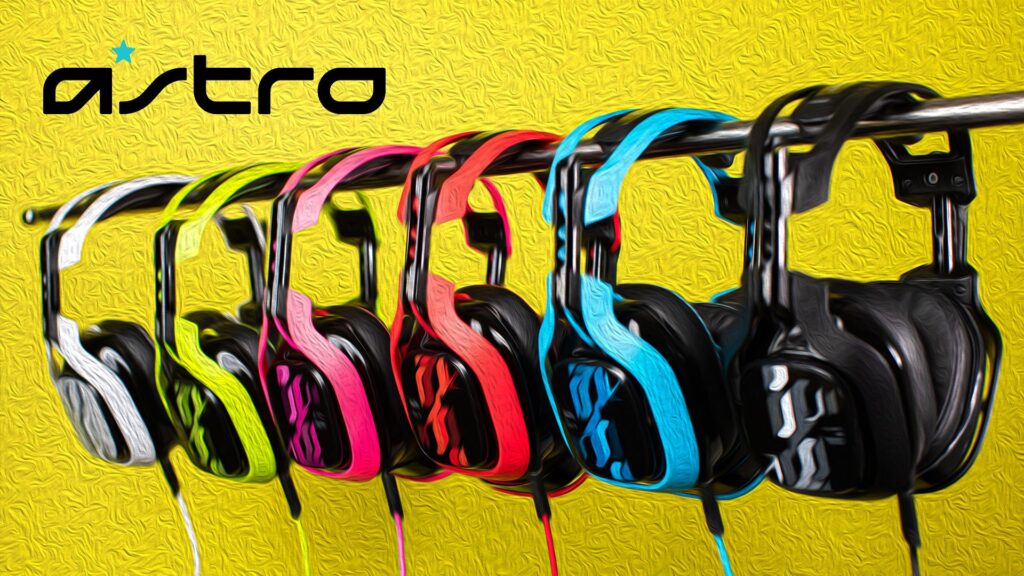
Headsets, especially for consoles, have come a long way since the lo-fi options of the Xbox 360 and the PlayStation 3. Before online gaming became as ubiquitous as it is today, the default options for consoles were good enough. Who was going to be playing a single-player RPG on their TV with headphones anyway, right? Flash forward 10 years and headsets have become more than a necessity for gaming — they’re an inextricable piece of our identities as players, especially for esports professionals. Players have more choices than ever to define who they are based on the gear that they choose to invest in.
Astro Gaming’s roots are deeply embedded in industrial design. Back in 2005, Astro Design, the famed design house that Astro Gaming spun off of, designed the Xbox 360 console and controller. It was that first foray into video games that got Astro Design’s founder and CEO, Brett Lovelady, interested in continuing to design for the gaming space. Lovelady’s extensive experience in product and brand design helped to build one of the most iconic products of the last 15 years.
The Xbox 360 controller, especially, is a timeless example of how important excellent product design is to players. While we don’t know exactly how many Xbox 360 controllers are out in the wild, still in use, many people still use their controllers on their computers. Of all of the controllers still available on the market, the Xbox 360 controller is one of the most comfortable. It may not have sold as well as PlayStation’s DualShock 4, but it remains beloved among players.
Lovelady and Jordan Reiss founded Astro Gaming as a satellite design studio in 2006. Astro Gaming specialized its products right out of the gate, focusing on designing and building high-end headsets for professional esports players.
Aron Drayer, Vice President of Marketing at Astro Gaming, has been with the company since almost the beginning and has had a long career in the game industry that has moved from quality assurance to production for a number of different companies, including Atari, Sierra (when it was purchased by Vivendi), and Activision. He joined Astro Gaming in 2009 to direct the budding company’s marketing efforts.
“When we started … the whole goal was to figure out who the most demanding gamers were and understand their needs,” Drayer told GameDaily. “We approached [the process] as if we were a snowboard company and we were trying to figure out who the pro snowboarders [are] and [what] they really needed. At that time, we determined that [demanding gamer segment] to be the professional Halo scene that was being run by the MLG. I think that’s partially because we’re probably more console-oriented as a company as well.”
Professional players are always going to have the most in-depth needs, no matter which space they occupy. When Nike is looking to innovate in the sneaker space, they don’t start with the archetypal “average runner” — they start with professional athletes and try to solve their problems first. Chances are good that those innovations will trickle down nicely to the masses eventually.
“We saw that there [was] a burgeoning scene and that there was an opportunity to go in there and just get a better sense of what they need, in general, to make the experience better for players,” Drayer continued. “Initially, we actually thought that might be a better controller. But when we got there, we realized that audio was a huge challenge for [these players]. They would have an Xbox Live communicator on one ear and they would have a gaming headset on the other ear. The Xbox Live voice communication was going over Xbox Live, which has a lot of lag to it, inherently.
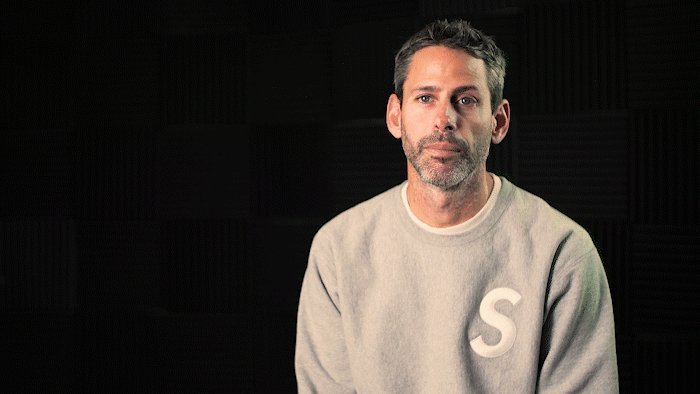
“Then there’s a coach running around behind the team of four players yelling at them, and then none of that chat could be heard in the stream. That’s where I think we saw an opportunity to solve a few problems. One [was] to create a really comfortable headset for players that they could wear for long periods of time and forget that they were on their head, even [give] them the ability to customize the headsets with our magnetic speaker tech system, and then figure out how to bridge the gap between chat audio and game sound.”
It took a whole season of following these players around from game to game to figure out how to solve these problems.
“[We then] found a solution to [bridge that gap] with what we ended up calling the MixAmp,” Drayer remarked. “The MixAmp could be daisy-chained, which basically allowed the team to create an instant personal voice network, to be connected not over the internet but directly from box to box, basically sitting right next to each other. Then [it] allowed the coaches to have their own headset so that they could communicate with the whole team. Then, [we] could finally give the leagues the ability to take the combined voice chat of the entire team out and put it into the stream, so that we could do listening in segments and you could hear what the teams were saying to each other.”
That’s how Astro Gaming started in earnest — they found a problem that needed to be solved and worked in real-world conditions to find the solutions.
“We [worked] with two teams that were in professional Halo at the time,” Drayer said. “One of them was Carbon and the other was Str8 Rippin. Those teams were super helpful in testing and developing those first products with us.”
The problem with finding early success and aiding in competitive events is that the powers that be might frown or kick up a bit of a fuss. Or, in Astro Gaming’s case… straight up ban the company from working with professional teams until the product was available for everyone.
“We were banned by the MLG but banned for competitive fairness, and I think it was understandable,” Drayer explained. “It was a nice challenge for us to go and think about how to create a commercial product that supported the entire league. The initial design was actually one big single box that powered five headsets and took all the game sounds. It was like a big monoblock type thing, and it was great if you were a team, but it wasn’t a great at home commercial solution for a single gamer. It forced us to think about how to solve that and split that into individual boxes to allow each player to have their own controls, their own MixAmp right in front of them, and then be able to network them together.”
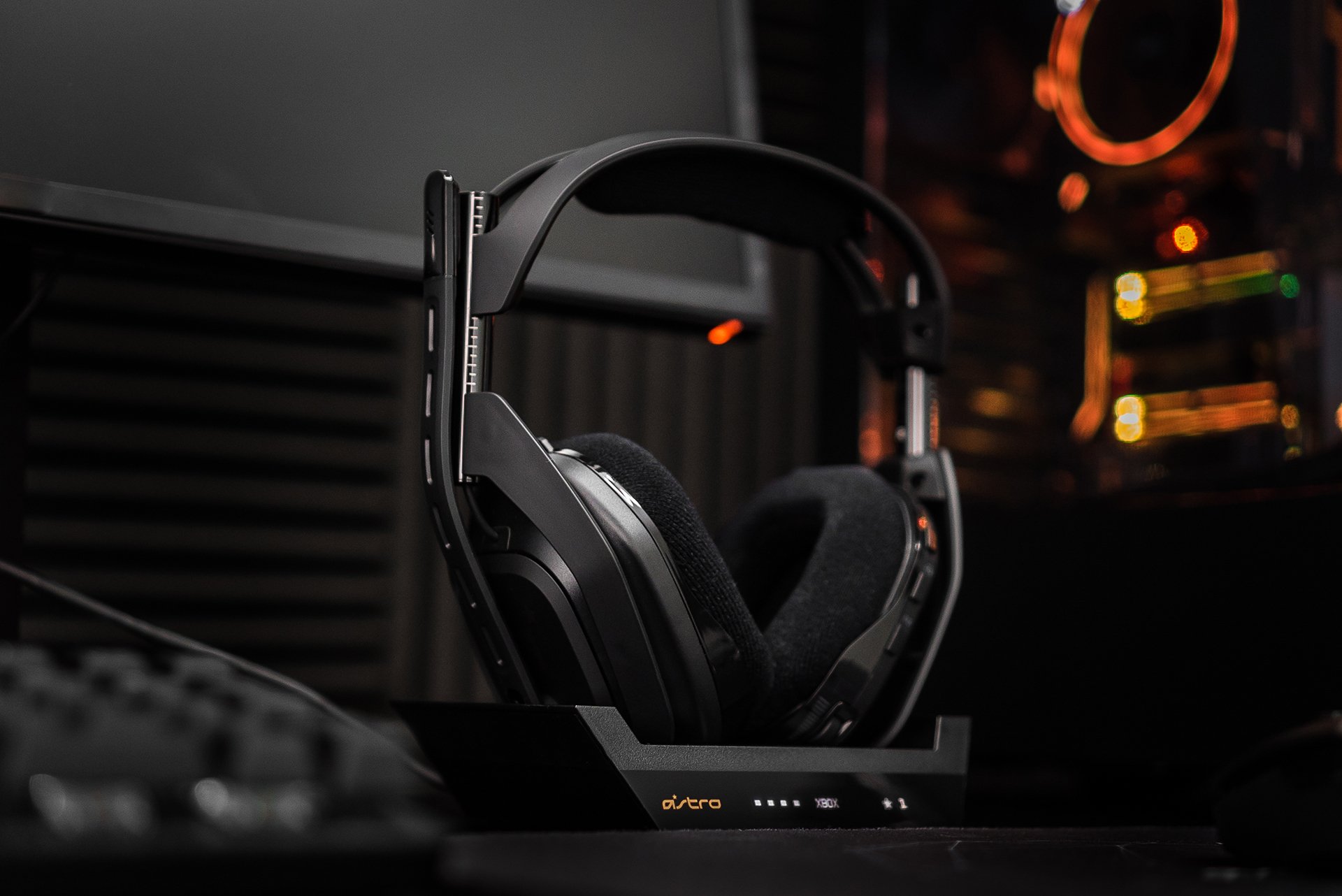
Esports has clearly been a defining factor of Astro’s design sensibilities since the very beginning. It took Astro about a year to come up with a more commercialized version of what they’d designed for Carbon and Str8 Rippin during the Halo tournaments, including what would become the first A40 and MixAmp products. In 2007, Astro was signed as the official headset for MLG, the first deal of its kind.
Reiss sat down with Press Start (an Australian gaming site) in 2016 and talked about how esports would continue to shape Astro’s future.
“We’ve always remained connected to that space whether it be sponsoring teams, sponsoring events, or holding our own events,” Reiss told Press Start. “It’s just a great environment that constantly changes and will spur more problems that need solving. I want to know when there is an audio-related problem in the esports industry, so that we as a company can provide a solution in product development. Those types of extreme environments let us know where we need to be working in the future.”
The Astro A40s and A50s were designed specifically with esports in mind. The Astro MixAmp, which has been through a number of iterations, was the product of watching and listening to esports players as they moved through their tournaments with one another and with their coaches during training.
It’s part of why Astro’s headsets are commonly used during demos at conventions — the MixAmp daisy-chains headsets together so that communication is seamless and doesn’t suffer from an abundance of echoing as a result of a bunch of headsets being clustered together. Like most great design, everything about Astro’s headsets is elegant, refined. And, outside of their sometimes persnickety software, each product line is easy to set up and use almost immediately.
“If you think good design is expensive, you should look at the cost of bad design,” Ralf Speth, CEO of Jaguar Land Rover, once said. There are certainly companies that take a different approach to product design, especially when it comes to headsets. Some drive the costs down with materials used. Others pay more attention to how the masses will use the headset — put it on for an hour or two and then take it off.
But industrial design, especially when it’s done well and with intention, is meant to shape how we interact with the world. Astro Design (and Lovelady) has deeply influenced how Astro Gaming approaches the design process from concept to delivery.
“Much good design evolves: the design is tested, problem areas are discovered and modified, and then it is continually retested and remodified until time, energy, and resources run out,” Don Norman wrote in his book, The Design Of Everyday Things, in 2002. “This natural design process is a characteristic of products built by craftspeople, especially folk objects. […] Over time, this process results in functional, aesthetically pleasing objects.”
And because Astro was, and continues to be, so committed to working directly with the players to fine tune their headsets to their specific needs, instead of guessing or conducting market research in non-endemic spaces, their products have become synonymous with quality and expertise. That level of design and attention to detail doesn’t come cheap, mind you. Astro plays in the luxury end of the headset marketplace, as the vast majority of their products (including their C-40 controller) are between $150 and $300.

Astro has always considered itself a lifestyle brand. Drayer told us that every time that Astro ventures outside of tech to create a product, whether that’s a backpack or with a partnership with Metathreads (the team behind Xbox’s latest foray into high-end clothing), the approach is always the same: quality comes first. That’s how you know that a product is from Astro.
“Designers have to make an individual stamp, their mark, their signature,” Norman wrote in The Design Of Everyday Things. “And if different companies manufacture the same type of item, each must do it differently to allow its product to be distinguished from others’. A mixed cursed, individuality, for through the desire to be different come some of our best ideas and innovations.”
Iteration is at the heart of what makes Astro special. The approach is rooted in its original pedigree as an extension of Astro Studio.
“‘[It’s about] understanding technology and lifestyle and where they come together,” Drayer remarked. “All of the design that we do really starts not with what might the market like to have, but understanding, what are consumers actually doing and what do they need to make the experience better for them? I think for us that is about that experiential design, understanding what they need and then designing the product around the experience and around the behavior, not designing the product and then figuring out how to make people think they need it.
“One thing that [we are] never driven by is the desire to sell somebody a new product every year. When we iterate, we iterate for a reason. Sometimes those reasons are big macro things like, ‘PlayStation 5 is coming out and PlayStation 4 is going away. We need to make changes to our products because the hardware is changing.’
Sometimes it’s driven by those things, but other times, it can also be driven by changes that we see within the ecosystems themselves and the intended use cases. We saw live streaming starting to come up, and so we changed some features in the MixAmp and added technology to it to make sure that it worked within modern live streaming setups. As esports events started to get bigger, we created a new version of the A40, which allowed people to switch it between being an open-back headset and a closed-back headset.”
Even though their earbuds, which were a product of being acquired by Skullcandy in April 2011, didn’t stick around, everything from the packaging to the product design marked it as Astro’s endeavor.
“I think the big thing for us as a brand when Skullcandy bought us is that we were [a] 100% online distributed brand,” Drayer told us. “Our products were sold only through our website… globally. We [did] not [have] a single retail distribution partner. That got us to a certain point, but I think to hit the kind of scale we wanted to hit, we needed to figure out how to get into retail, not only in North America, but also globally.
“I think what they brought probably more than anything was a great experienced sales force and a lot of really strong retail relationships and an understanding of how to manage retail relationships. We were able to tap into their sales team and have those first conversations with Best Buy, GameStop, Amazon, a lot of different retailers, as you look outside of this country as well, and really get the product placed with retail partners. That was probably the biggest thing that they did for us really, was basically transition us from being an online-only brand to being an online and retail brand.”
Skullcandy may not be as popular as it once was, but it maintains a firm hold on affordable earbuds and headphones. And, if not for Skullcandy’s influence and connections when Astro Gaming was looking to expand into different markets (including Europe), Astro might not have been able to reach as far as they have.
Six years after Skullcandy acquired Astro Gaming (and after they, too, had been acquired by Mill Road Capital), Skullcandy sold Astro to Logitech for an $85 million cash deal.
“[Astro Gaming] is a perfect complement to Logitech G’s focus on PC gaming and we couldn’t be more excited,” Jordan Reiss, co-founder and president of Astro, had said in a prepared statement. “Together, we want to make game play even more fun for gamers everywhere. The whole team at Astro has always held Logitech and Logitech G products in the highest regard, so I’m ecstatic we are joining forces.”
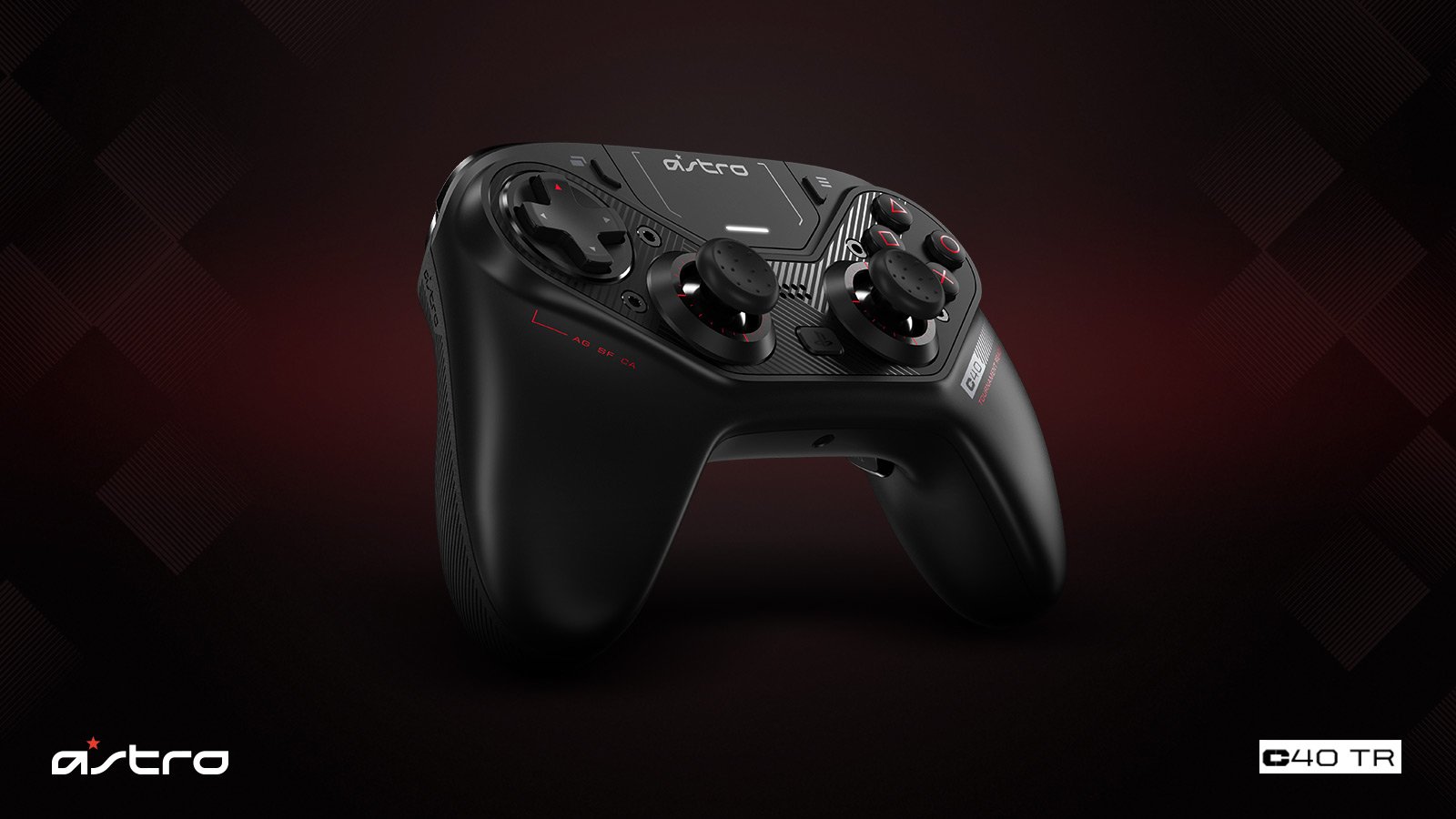
Since then, Logitech G has helped Astro bring the C40 controller to fruition, in addition to the recently released Astro.ID label, which takes Astro’s commitment to customization and personalization to the next level.
“Style and customization have always been important to gamers, and that understanding is a key component of Astro’s DNA. It’s why we developed the first ever customizable speaker tag system for gaming headsets, implemented hardware customization in the C40 Controller and software customization across our entire line of products,” Drayer said in a statement for the product’s launch. “Astro.ID takes that customization to an entirely new level, removing the compromise between performance and style. The new Astro.ID A40 TR Headset is all about personalization, individuality and self-expression.”
Part of Astro’s success is in how it presents itself as a brand to gamers. We’ve seen the luxe gaming lifestyle brand bloom from highly specialized to include more affordable products like the A10 and A20 headsets, both of which are sold for under $100, unlike the A40 and A50 headsets, which are sold for between $150-$300, depending on whether or not you need to purchase the MixAmp or wireless dock.

But it didn’t just grow on its own. Word of mouth is extremely important for the high-end products that Astro sells. That’s where Thadeous Cooper, Head of Community and Influencer Marketing, comes in with tapping the right people to help with the messaging. Cooper has been on the ground floor with influencer marketing in the gaming space, let alone at Astro itself.
The key has been to always work with fans of the product and become partners, not sponsors, with teams and individual influencers.
“In the early stages of the program, we focused heavily on helping our influencers build their channels, through sponsored content, giveaways, early access to new products etc.,” Cooper told us. “But the team as a whole had a passion for charity events, so we put a lot of our time and energy into supporting any of our influencers who were taking part in any kind of charitable activities. This resulted in us being involved in some kind of fundraiser, 24-hour stream, etc., almost every month of the year. Our efforts not only helped drive a massive amount of sales but really solidified our relationships with many of the content creators we had sought to build our more formalized processes around. It also really helped give us tons of insights into the gear that influencers used, wanted, and what their daily struggles were.
“I’d say from pretty much every angle we looked at the program, it was an amazing success. On a personal level, spending so much time being invested in our influencer relationships helped me really come to value the relationships we have with people in the content creation community. It was really awesome to get to know them on a personal level, it gave me drive to fight for them internally, to continue to grow the program in a way that always tired to be mutually beneficial and always maintain a personal connection with as many of our team members as possible.”
The program has changed and grown a lot over the years, especially internally.
“Internally: the team working on the program is bigger and we have access to a bit more resources,” Cooper said. “Sarah [Dope] and Ryan ‘Fletch’ Gero are amazing at building and maintaining relationships. We have been able to focus on all kinds of new spaces, like music and non-endemic gaming influencers, and experiment with new voices we never would have imagined would have been possible.
It’s the external factors that have had the most impact on influencer marketing at Astro, however.
“The entire industry has caught on to how important influencers are to a brand,” Cooper continued. “That means everyone is fighting to build the most exciting team, with the best content creators. This has led to us having to rely on the passion that our influencers bring to the brand, and create policies like our non-approach rule.
“We will not approach an influencer who already uses another product, as we don’t want to get into the habit of paying people to switch to our brand. We want to focus on creators who already love what we do and get what we want to build and want to join us on the journey. This sometimes limits who we work with, but it also means we tend to work with people who bring tons of energy and passion to what we do, and how we interact with them.
“What’s stayed the same is that there are struggles that influencers face every day, and we have opportunities to figure out solutions to help them grow into new spaces and take us along with them. Sometimes it’s a new product, sometimes it’s resources support, often it’s things we have never even thought about before. But those needs will always be there, and as long as we partner with influencer[s] we will try to find ways to help grow the space.”
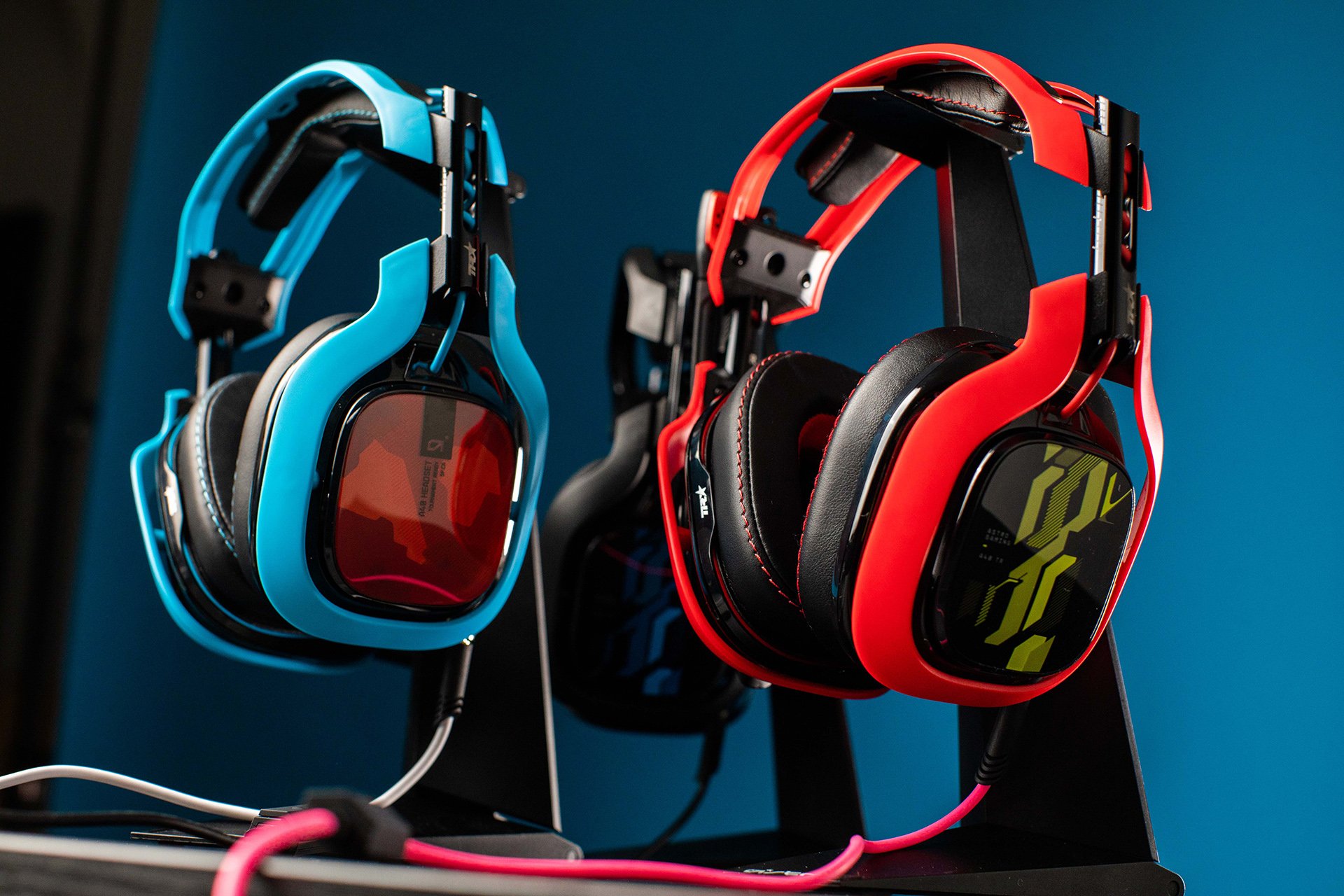
Everything that Astro has worked toward achieving since its original inception in 2006 has been geared toward making products that players need, not just want. Their focused product lines have been dedicated to solving problems that players, professional or not, struggle with. Astro has been a lifestyle brand since the beginning, an approach that isn’t often seen outside of clothing companies, unless it’s tacked on for revenue diversification somewhere down the line.
Astro Gaming’s product innovations have changed the game industry’s approach to professional audio in all settings, from esports arenas to home offices to streamers’ studios around the world. It’s that combination of dedication, attention to detail, and community-oriented marketing that has helped the company grow from satellite design studio to a company attractive enough for one of the best-known headphone brands to purchase all the way into an $85 million cash acquisition by one of the most important tech gaming brands in the market, Logitech. Astro has a bright future, as long as it continues to stay true to its roots, its community, and the importance of iterating with intent.
 GameDaily.biz © 2025 | All Rights Reserved.
GameDaily.biz © 2025 | All Rights Reserved.